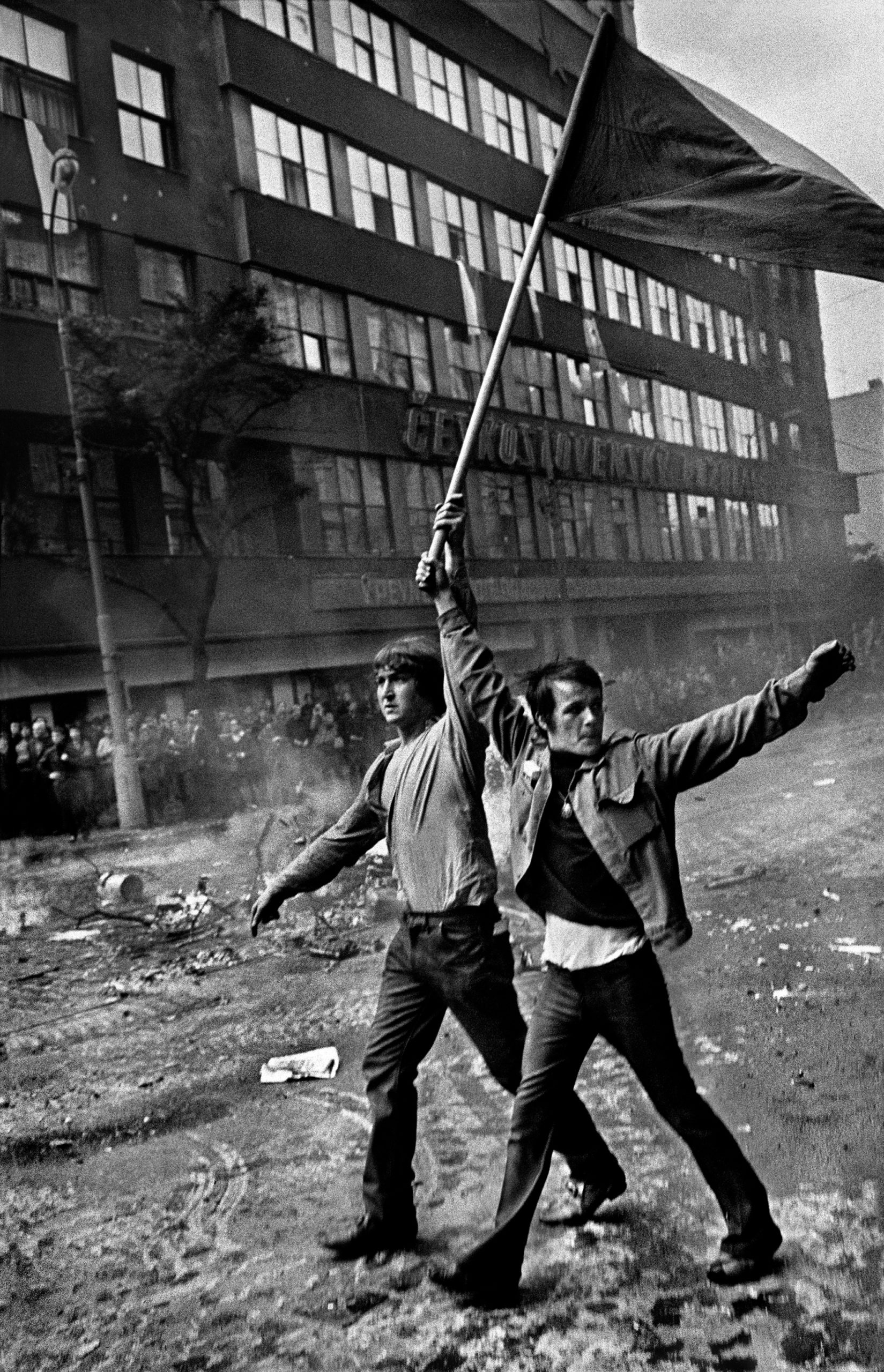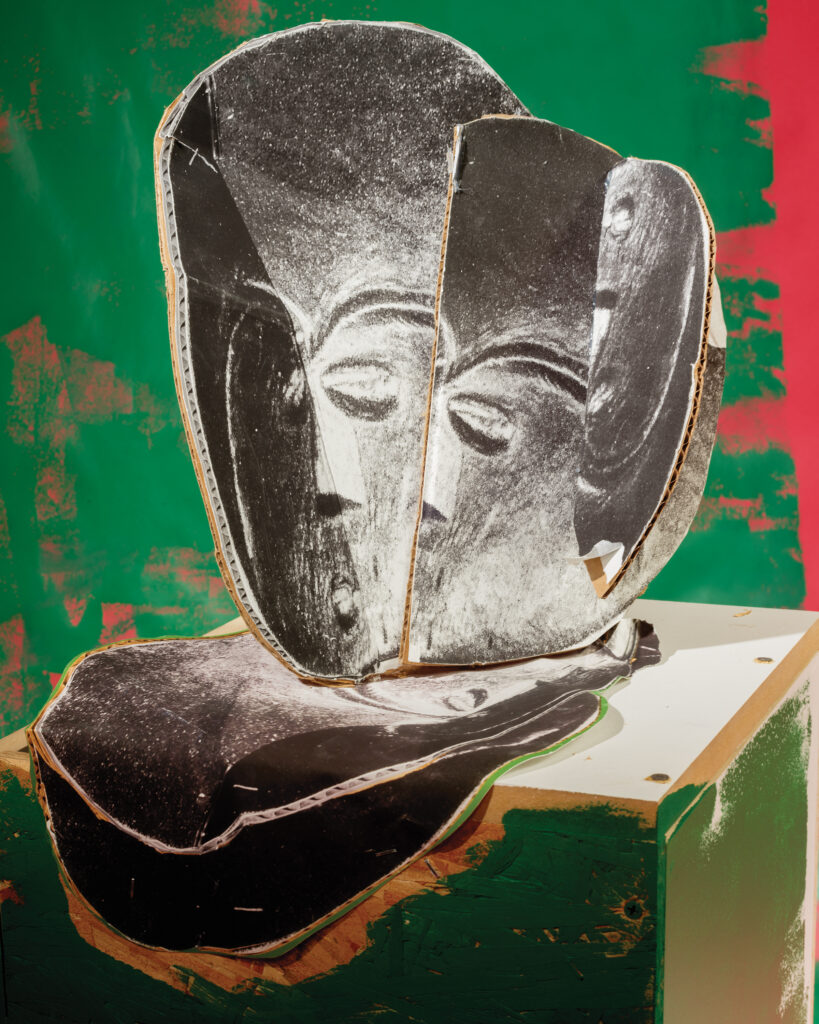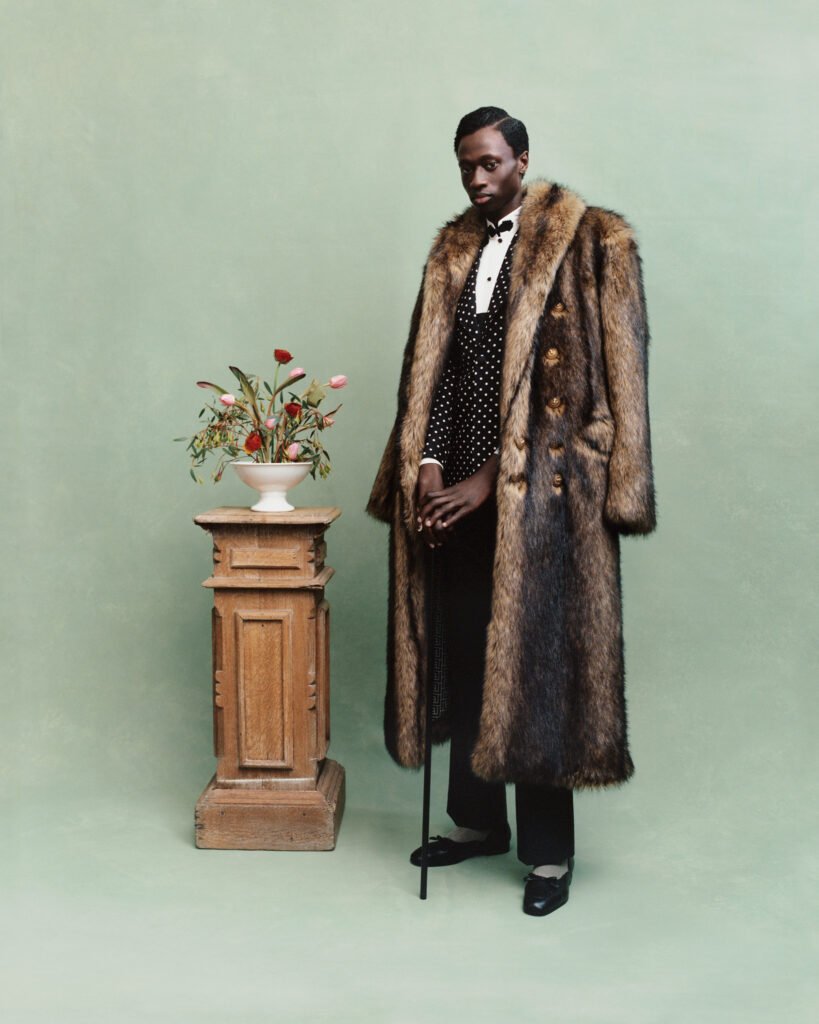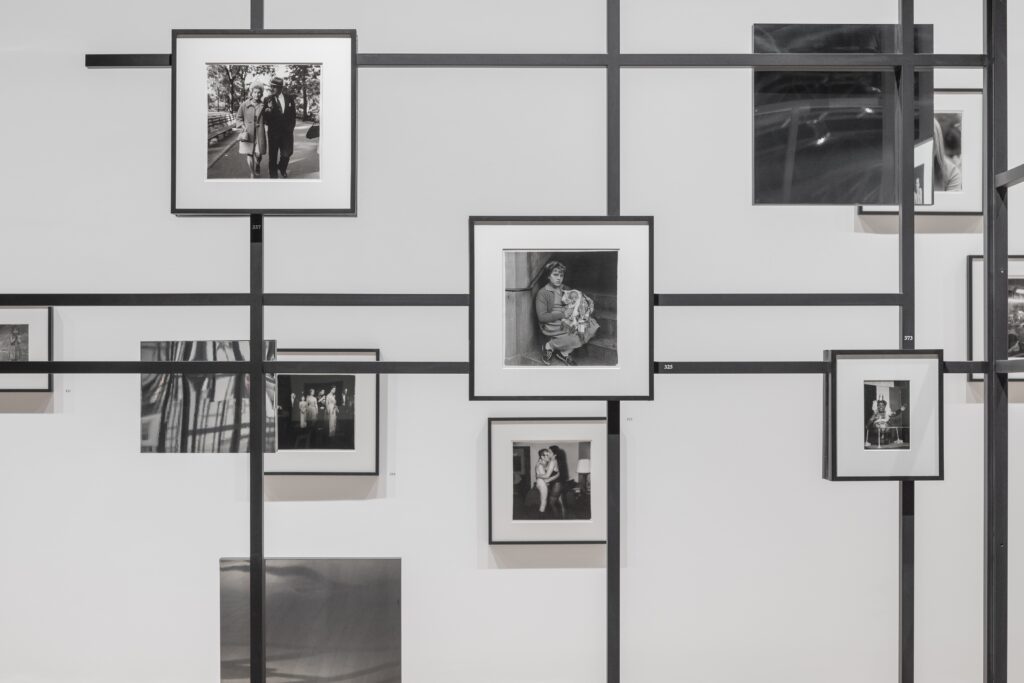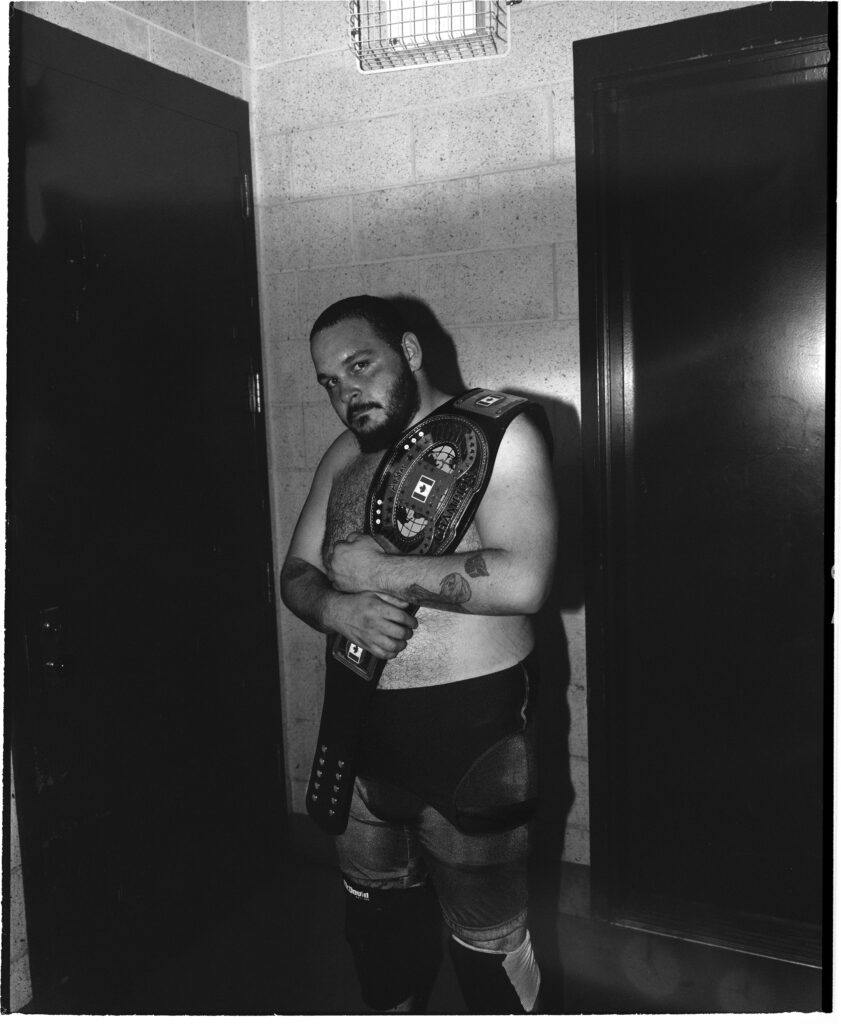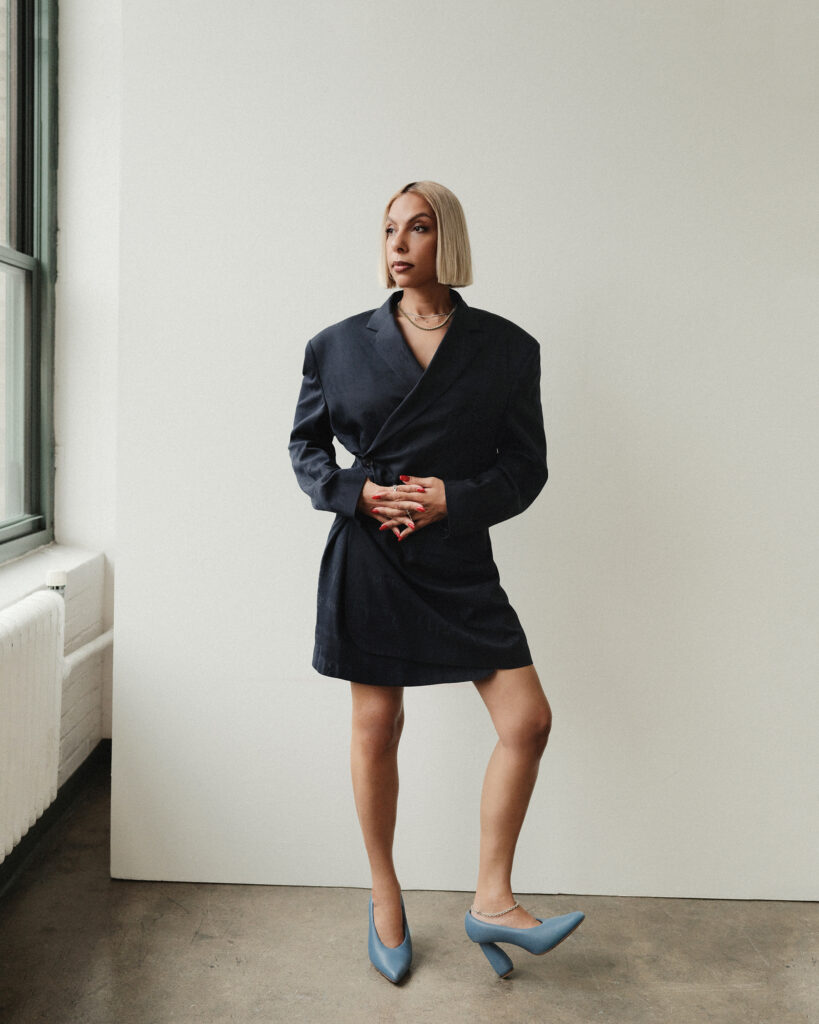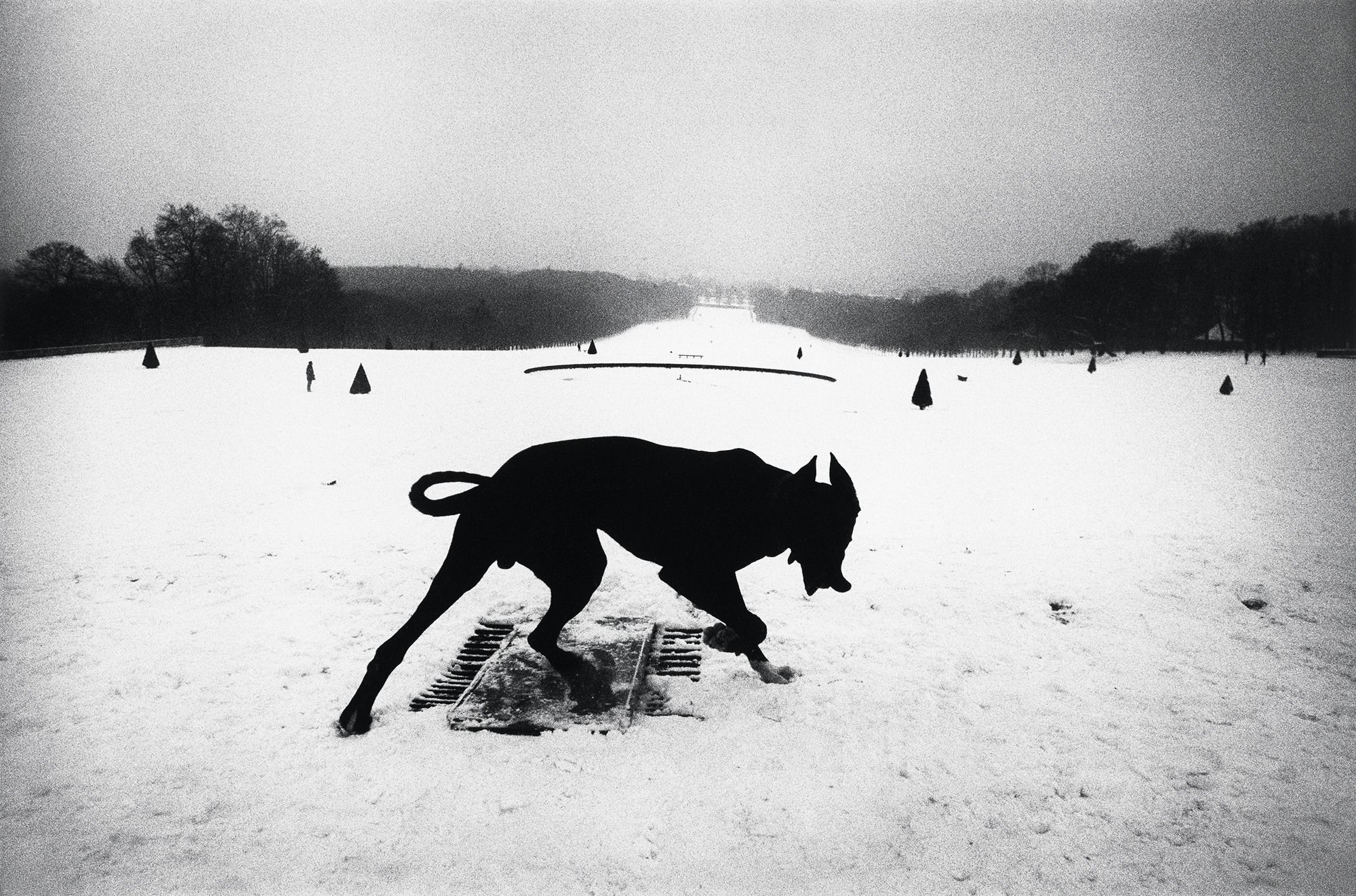
Interviews
The Inside Story of Josef Koudelka’s Groundbreaking Career
From his legendary coverage of the 1968 invasion of Prague to his reflections on the solitude of exile, Koudelka is renowned for his photographs of pivotal world events. Here, Melissa Harris speaks about working with the photographer on his visual biography.
Born in 1938, the year of the German occupation of his native Czechoslovakia, Josef Koudelka has lived through seminal events in the twentieth century. He grew up under communism, experienced the Prague Spring, saw the collapse of the Soviet Union and the emergence of the Czech Republic, and ultimately the Russian invasion that persists in Ukraine. In Josef Koudelka: Next, Melissa Harris considers his sixty-year-long obsession with photography, from his early interpretation of Czech theater to his expansive project on the Roma culture in Eastern Europe; from his legendary coverage of the 1968 Soviet invasion of Prague to the solitude of exile and the often-devastating impact humans have had on the landscape.
Over the course of nearly a decade, Harris conducted hundreds of hours of interviews with the artist at his home and studio spaces in Prague and Ivry-sur-Seine, outside of Paris, and led ongoing conversations with his friends, family, colleagues, and collaborators worldwide. The deftly told, richly illustrated biography shares stories on Koudelka’s early years as a touring musician and engineering student, his ritualistic repeated visits to favored places and festivals, and his thoughts around adapting to the panoramic format used in his later work. Anecdotes offer new insight into some of his most renowned images, such as accounts of smuggling Koudelka’s film out of the Prague Spring conflict zone, or of a London friend facilitating a membership card to the Gypsy and Travellers’ Council, an organization that advocated for the rights of the Roma, to help Koudelka ease frequent suspicions by police during his limitless itineraries. Last year, Lesley A. Martin spoke with Harris about the process of writing and editing Koudelka’s story.

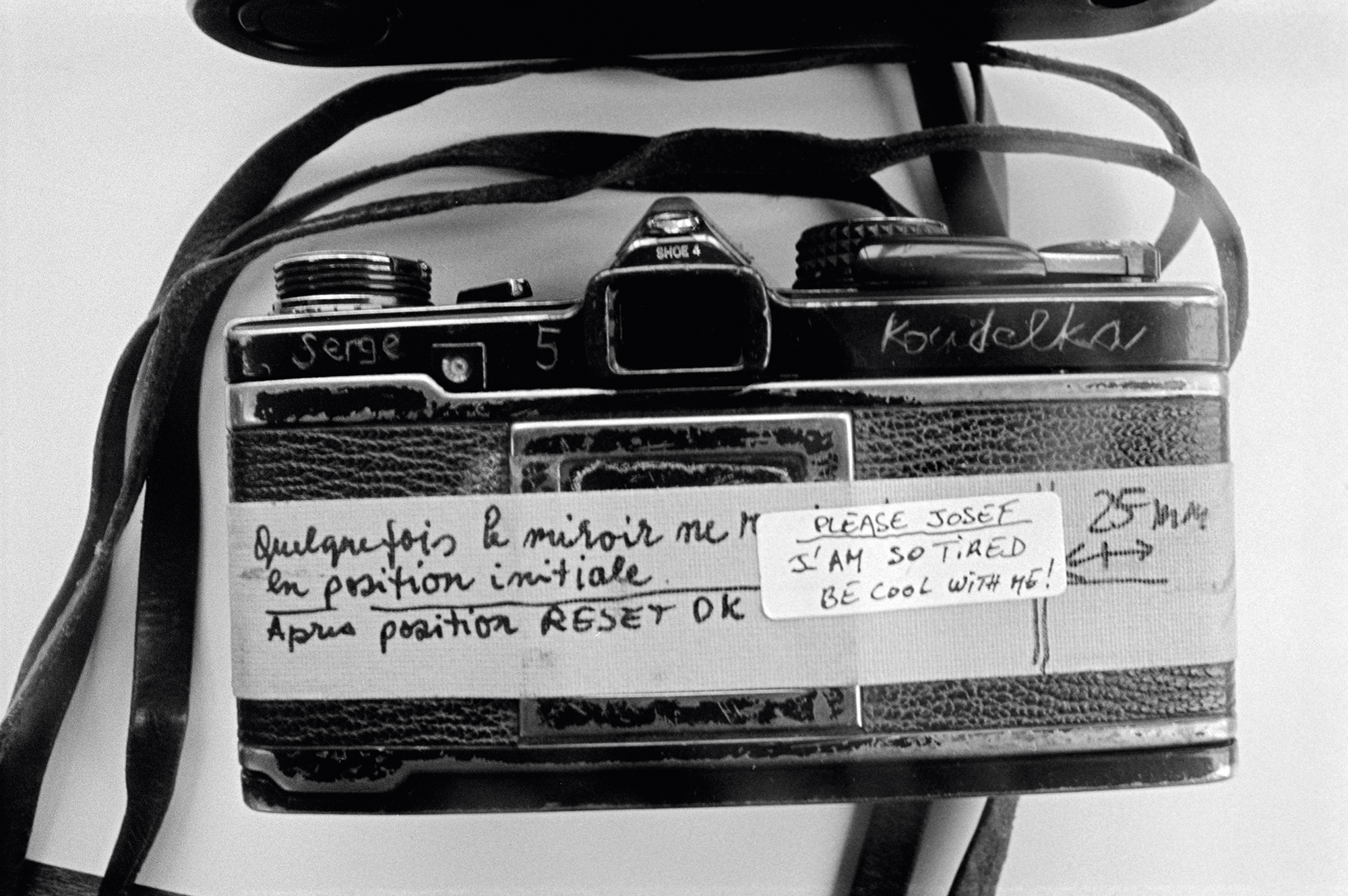
Lesley A. Martin: Melissa, tell us a little bit about the genesis of this project. How did you get involved in writing this biography? What was it that appealed to you in particular?
Harris: Susan Meiselas called me up one day and asked me if I would be interested in writing Josef’s biography for a Magnum Foundation biography series conceived by Andy Lewin, who served as its managing editor. I was still working on the first biography I had written about Nick Nichols, and I really didn’t think Josef would say yes. I knew he didn’t like to answer personal questions and said no to almost all interviews. I remember saying to Susan, “Sure, but I don’t think he’ll agree.” And then he did. I think what convinced him was a dear friend of his, Hervé Tardy, teasingly told him that he should do it because if he didn’t do it now, while he was alive, it would happen when he was dead, and people could say whatever they wanted to, and he wouldn’t be there to help get the facts precise. So, if he wanted to have any input whatsoever, and make sure the rest of us didn’t make up things, he should do it now.
Martin: What was interesting to you about taking this on? Was it the work? His life story? What was the most compelling element?
Harris: Josef is fascinating to me. I’d worked with him enough before to know that this was going to mean a big commitment of time and energy on my part, but I also knew that if he agreed to do it, that he’d be all in—that he would totally commit himself. When he says he’s going to do something, he does it. I didn’t know a lot about his life story, but what I knew was compelling to me. And I think the work is superb. I’d worked with him previously on an exhibition of Invasion 68: Prague, his coverage of the Soviet invasion, which Aperture hosted in the gallery in 2008, but it was mostly just about realizing its presentation. I also worked with him on his book Wall (2013).
I knew I would learn so much from speaking with Josef, and I knew that it would be a real challenge. I wanted the challenge, not just in terms of information or content, but the writing as well. Telling his kind of story is complicated, in part because he goes back to projects so often that there’s no way to stick strictly to chronology. For example, his work on the Roma, published as Gypsies (1975; reissued by Aperture, 2011), comes up early on in the book, and then comes up again at different points throughout his career as he returns to that work in different ways. So how do you figure that out? Do you have a chapter on Gypsies and do the whole shebang in one place, or do you allow it to unfold the way his life has unfolded? There were just a lot of puzzles to work out—the kind of structural puzzles that I thought would be interesting for me because I’ve never done anything like that before.
Martin: It is a real puzzle. How do you prepare to take a project like this, in which you have to understand the entirety of a life—or at least try to? What is the process of research?
Harris: We just started talking. I wasn’t really sure where to start with him, and so I thought I would start personally. He really did not know what he’d gotten himself into. It was brutal, our first meeting: Nobody was unpleasant or anything, but it was just really hard for him to talk about his parents or to talk about certain things about his childhood. Not because he had bad relationships or had been unhappy, but because he is very private, and in his own way, quite shy. At the start, it was mostly about figuring out the pacing and just going slowly, letting him formulate responses to questions he hadn’t been asked before or that he had stealthily evaded.


Martin: You spoke to so many people in putting the book together—people who knew Josef at different stages in his life, and who weigh in on his life and his work. As a reader, you really develop a sense of the author as a detective in this book, reassembling the story as Josef tells it, but also confirming or adding nuance to it through other perspectives.
Harris: Yes. This is a real reported biography. People think you’re nuts when you tell them you’re working on a biography of a living person, but for me, it’s a pleasure because I don’t really consider myself a historian. Of course, you have to do a lot of historical research for a book like this, when you are writing about somebody who was born in 1938. You have to present and contextualize the very rich history of Central Europe. But for me, the pleasure of the research was the reporting and interviewing process. Not just the interviews with Josef but pretty much everybody who played a key role in his life—those who were still living, obviously. When I started, everybody except for major figures like Anna Fárová, Henri Cartier-Bresson, and Martine Franck were still alive.
Josef loves a challenge, a visual challenge. He had not really worked in this way before, where there had to be a clear relationship between text and image.
Writing about Josef’s relationship with those who were deceased was greatly facilitated by Viktor Stoilov, the founder of the Czech publishing house Torst, who kindly made all of the correspondence between Josef and Anna (that Anna had given to him) available to me, as well as all of her texts on Josef for magazines, catalogs, et cetera. It wasn’t the same as talking to her, but it was almost like talking to her. For Martine and Henri—I had known them, which helped—and Josef had kept all of their correspondence, plus there were his diary entries. So between what Josef had and Henri’s own writing, I was able to build certain things. Sheila Hicks, who I spoke with, who is a very dear friend of Josef’s, had very strong memories of Martine, and Hervé and others had memories of Josef and Henri, so there many ways in.
Martin: I do love the idea of a “reported history”—an oral history of sorts. It’s really a portrait of Josef in relation to his community, of the network of people who supported him in different ways, but also of the photo community itself, and especially in Europe at a particular time. Was that a conscious storyline that you pursued, or did it happen organically?
Harris: It was bound to happen because of what happened with Josef and Magnum. I knew that Magnum had helped distribute the Invasion 68: Prague work early on before he was a member, and that was a win-win for everybody: they had this remarkable body of work that nobody else had, and he became connected to this community. And then Elliott Erwitt, Marc Riboud, and Charles Harbutt and others helped Josef enormously. Henri Cartier-Bresson and David Hurn were like brothers to him. That sense of community at Magnum then, and in the photo community at large, was extraordinary.
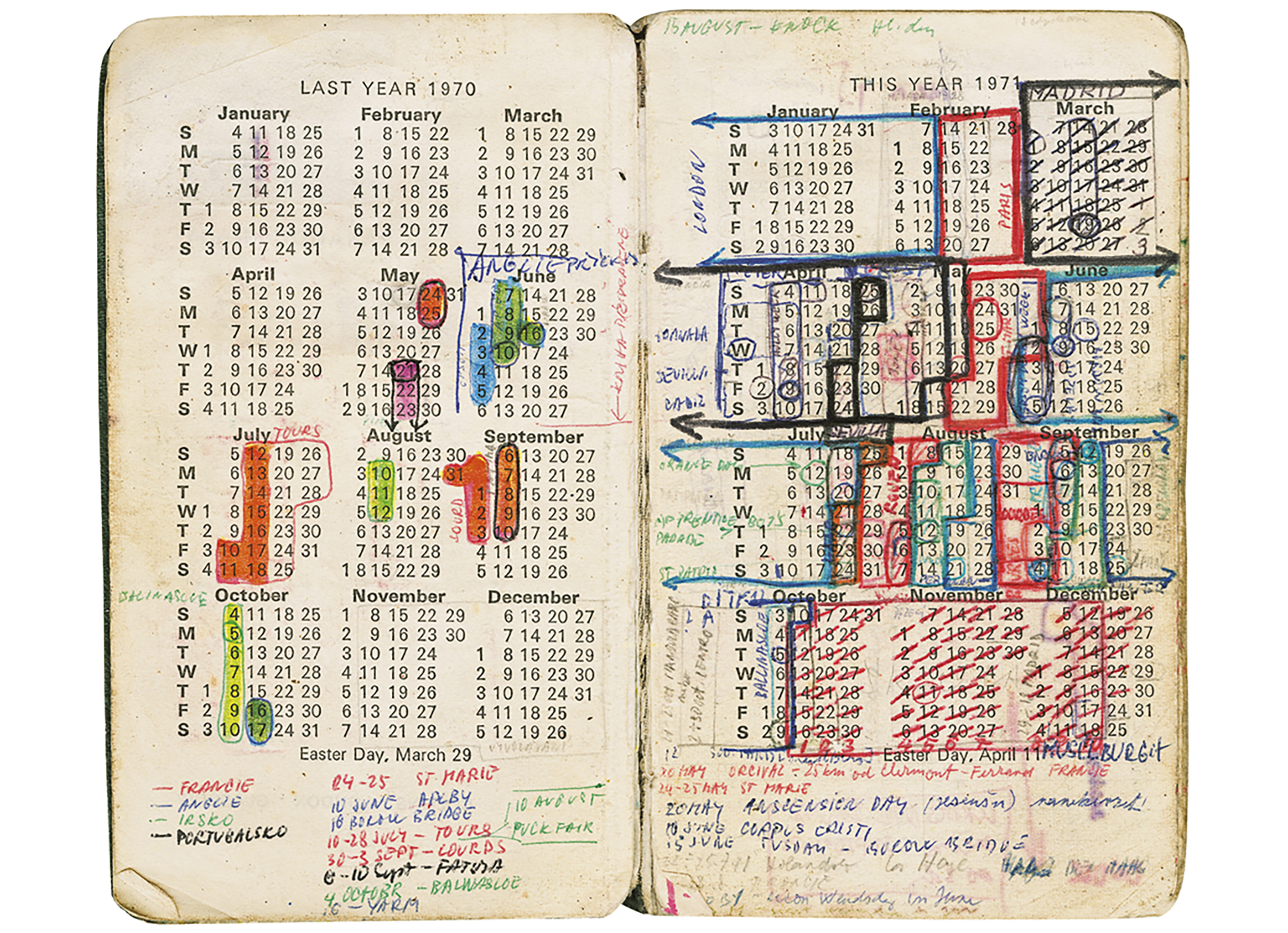

Martin: As you’re describing this process, it also underscores your own engagement and history with the field and with this community of people. You’re very clear in your positioning of yourself as the invested author, and that impacts the structure of the book to some degree. You’ve described how this is not a series-by-series retelling of an artist’s practice—because Josef is digressive in his approach to his own work. But can you talk a little bit more about the different structural approach that you wanted to bring to writing this as a nontraditional biography?
Harris: One thing that I thought, journalistically, is that I had to be completely transparent. In other words, it had to be clear that I had worked with Josef before, that I knew him. That’s why I write in the first person. I also wanted it to be clear when I entered his story. I am transparent about my own work with Josef previously—and also about his daughter Lucina’s presence throughout the book. Right from the start, Lucina was filming our conversations. I used her as a foil of sorts, both to help convey Josef’s emotionality, as well as to establish some chronological anchors.
At some point I also realized that I needed a breath every once in a while throughout the book. I needed a way catch the reader up or say where we were in time, because I wasn’t writing linearly. This is why there are sections I refer to as a “Pause.” It was a way to stop, step back, and say, “Okay, here we are. This is what we’re looking at.” For example, I had to jump ahead a little bit at the beginning, so the reader has an idea of who Josef is and what he’s known for, and then go back, and then move forward again, and then continue, back and forth. It’s like a cha-cha or something. The prologue and the epilogue function the same way.
Then there was my editor Diana Stoll’s suggestion that I write about some of Josef’s key work right at the beginning and just describe it. I preferred to get to the work gradually, but I understood her reasoning. Instead, I talked to Josef about the idea of an overture, where we show a selection of his signature images so that anybody who knows photography is going to immediately understand: “Oh, it’s this guy. The one who made that picture.” Josef called these his “icons.”


Martin: Speaking of the iconography and the mythos of Josef as a figure, were there particular stories, apocryphal or otherwise, that you felt you wanted to really puncture, or bust?
Harris: I just wanted him to be human. The book isn’t a press release for Josef. I think it was Elliott Erwitt who told me that early on at Magnum they called him St. Josef for a while, in part because of the way he lived, and that he didn’t care about money. Josef has always and only cared about having the work the way he wants it, in terms of how it’s published, how it’s presented, how it’s contextualized, all of that.
But I didn’t want him to be godlike. In fact, at some point I got tired of the love fest I heard from people—and I say this with enormous fondness for Josef. For Josef to be interesting, he has to be human, and all of us humans are flawed. I needed to allow for his flaws, along with all the amazing things about him, to really write honestly, as best as I could, about who he is. Josef is difficult sometimes. He’s not the perfect partner for a woman, or the perfect father. He tries very hard to be a good friend. All of these things matter to him, and they’ve mattered more and more as he’s gotten older.
Martin: Was there anything that surprised you as the book evolved, or did your thinking change in any way about Josef or his work?
Harris: It wasn’t even that my thinking changed as much that I came to have an even greater appreciation of his work as I saw more, and understood it better. Projects like Gypsies and Exiles and the 1968 invasion and theater images work beautifully in a book: they’re immediate and intimate. I had found many of the Black Triangle and Ruins photos stunning, but I hadn’t yet wrapped my head around the panoramas as a whole. As I spent the time with them, they became formidable to me. For example, I saw a show in Bologna that François Hébel did at MAST, and I understood so much more; I thought they were so powerful. In Josef’s work, the images often inform or play off each other. They build to something. When you start seeing them together, you get something intense and profound.

Josef Koudelka, Black Triangle region (Ore Mountains), Czechoslovakia, 1991
Martin: That’s another aspect of the book that I appreciated—how you make these connections by showing some of the panoramic images together in a way that emphasized the geometry and the construction of them, but that is also informed by the context and understanding you build into the narration. We learn about his background as an engineer, and how precise he is, along with all of the other details of what he cares about over time, which leads to a better understanding of the work.
Harris: Exactly. When I started really learning about his work, and especially the Black Triangle, but also his other panoramic commissions, I realized that a lot of what he’s looking at is “the hand of man” on the landscape, and its huge ecological implications. I hadn’t previously thought about it that way in part because a lot of the earliest panoramic projects had been collected and published in a very poetic way, but not really in terms of specific content—by Delpire in Chaos—which is sequenced formally. Looking at the images, you get a sense that at this moment in our Earth’s history, everything is a little out of alignment or out of balance. It’s tremendously evocative. But then to actually go through every project and see all the work that was done in each—no matter what the commission was—you realize that Josef’s not just capturing a changing landscape through industrialization, or a historical rupture, or urbanization, or whatever it might be. I came to understand that he is most often thinking about the ecological or environmental implications of these issues, which was interesting to me. I didn’t expect to go there in my thinking.
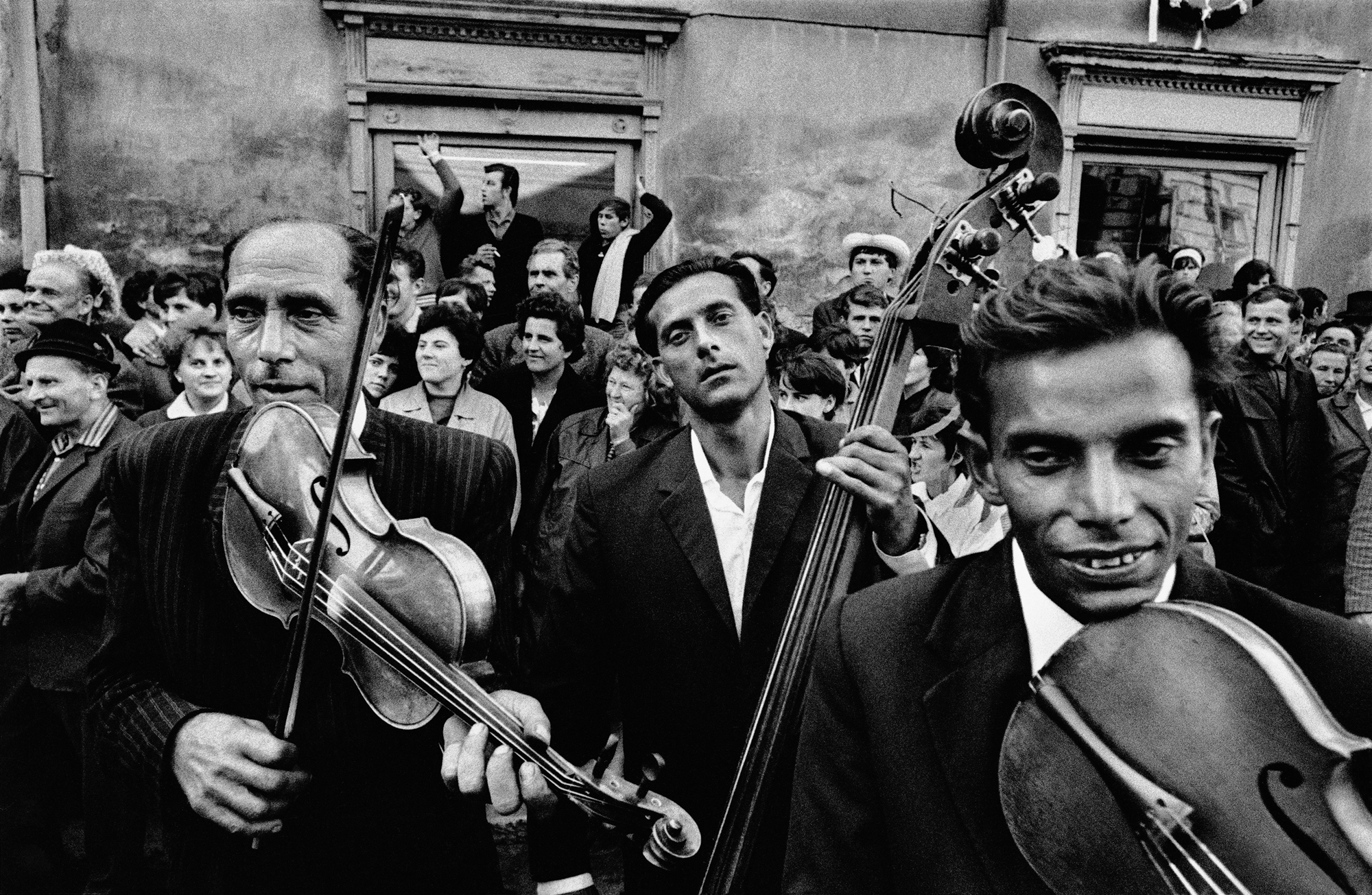
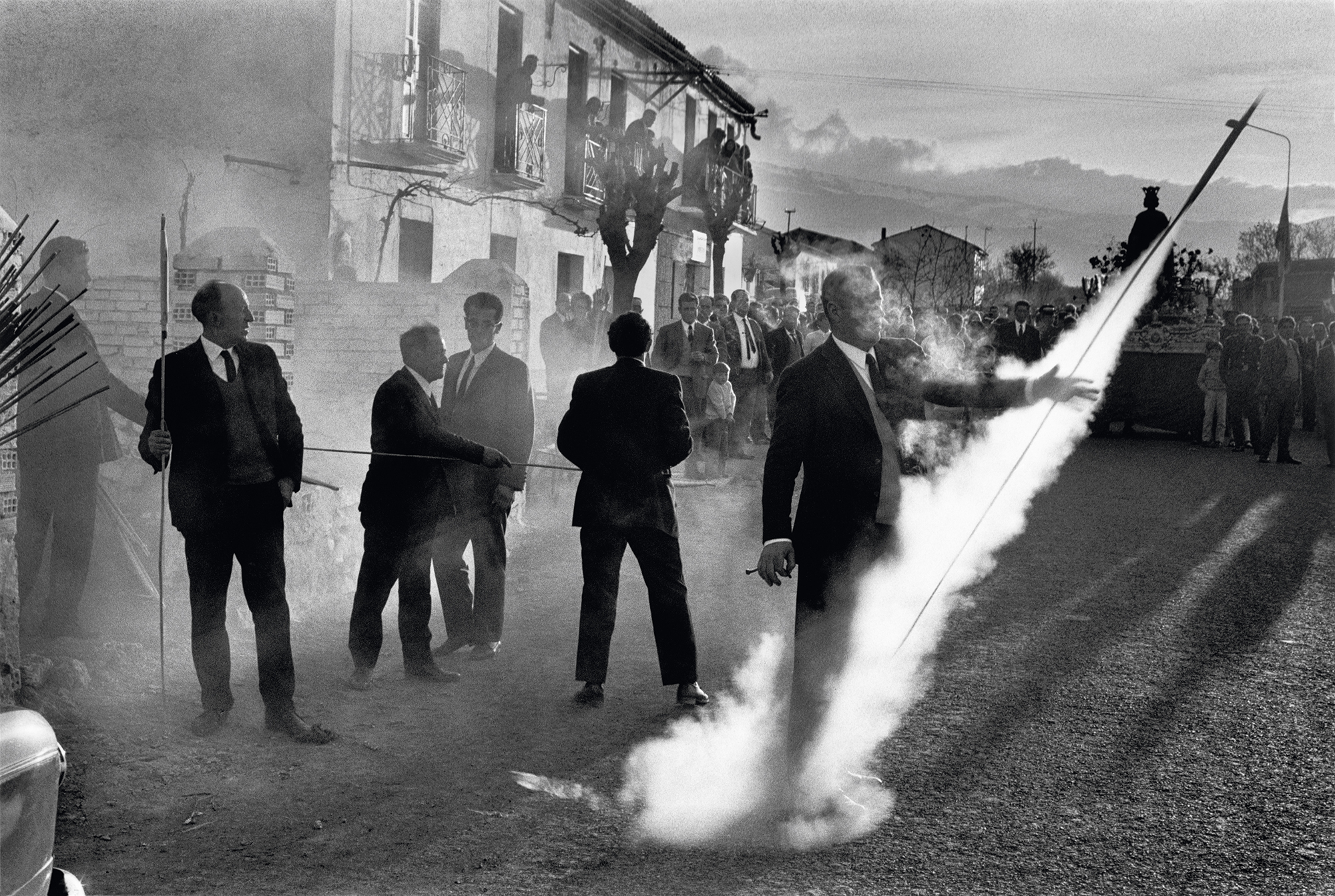
Martin: Yes—by looking at the long arc of his practice, one really starts to get a sense of an ongoing set of concerns that he returns to time and time again, even if the work seems quite different on the surface.
Harris: I looked at his book Chaos, and I looked at the captions which are in the back. There are, for example, images made in Beirut and Auschwitz, and of the Berlin Wall. They had been organized via their formal composition, which is very much how Josef thinks, and how Delpire thought. The sequence of that book is spectacular. It’s wonderful. But it’s not about content; it’s about form. I needed to think more about content, because in a biography, you have to think about content. You’re thinking about where this guy is, what he’s looking at, and what are the consequences of what he is seeing and considering.
To pull out the picture of the Berlin Wall in what was East Berlin, and to think about him being there, after all these years of not being able to be in that part of Europe—and then to know that he also went to Auschwitz—you can’t help but think about how that would play into his perception of the Wall in Israel when he later photographed there. The benefit of going back into his work from a content-driven perspective was finding certain images that I had only looked at formally before, because that’s how they had been presented to me, then suddenly knowing, “Oh, this is what I am looking at” and understanding the relationship to where he was in time and what he’s photographing now.
Josef Koudelka: Next
50.00
$50.00Add to cart
Martin: Working with a living subject as a biographer is difficult. Did you have to establish some kind of ground rules going into it—as much as I understand you were interested in working with Josef and a collaborative approach?
Harris: The text was mine. He knew that. The rules were, at the beginning, I told him he cannot tell people what to say or what to think, and he can’t tell me not to use something because he doesn’t like it, because it was absolutely clear that he was going to be reading as we went along, and that he was going to be very involved in checking the facts. But he understood he couldn’t be censorious at all, and he was not inclined to be. Given the oppressiveness of the period in which he grew up, he does not want to tell people what they can and cannot express. And he was a man of his word. There were times he didn’t like what was said, and there are things he doesn’t like that are in the book, but he never tried to get me to take anything out.
Figuring out the visuals, however, was always going to be a real collaboration in terms of both the picture research and the layout. For that, we were also working with Aleš Najbrt, his longtime Czech designer and collaborator. I knew this was going to be another type of challenge because I also had discussed with Josef early on that the book wasn’t conceived as a retrospective. He originally thought it would be structured more classically—like one of his retrospective publications: that there’d be an essay and the work would appear more in the order in which he had made it. I told him that, to the contrary, it was going to be text-driven and not always chronological, and that also there would be biographical images. He got excited, because Josef loves a challenge, a visual challenge. Once he understood what I meant, he was very engaged. He had not really worked in this way before, where there had to be a clear relationship between text and image.

All photographs by Koudelka courtesy the artist/Magnum Photos
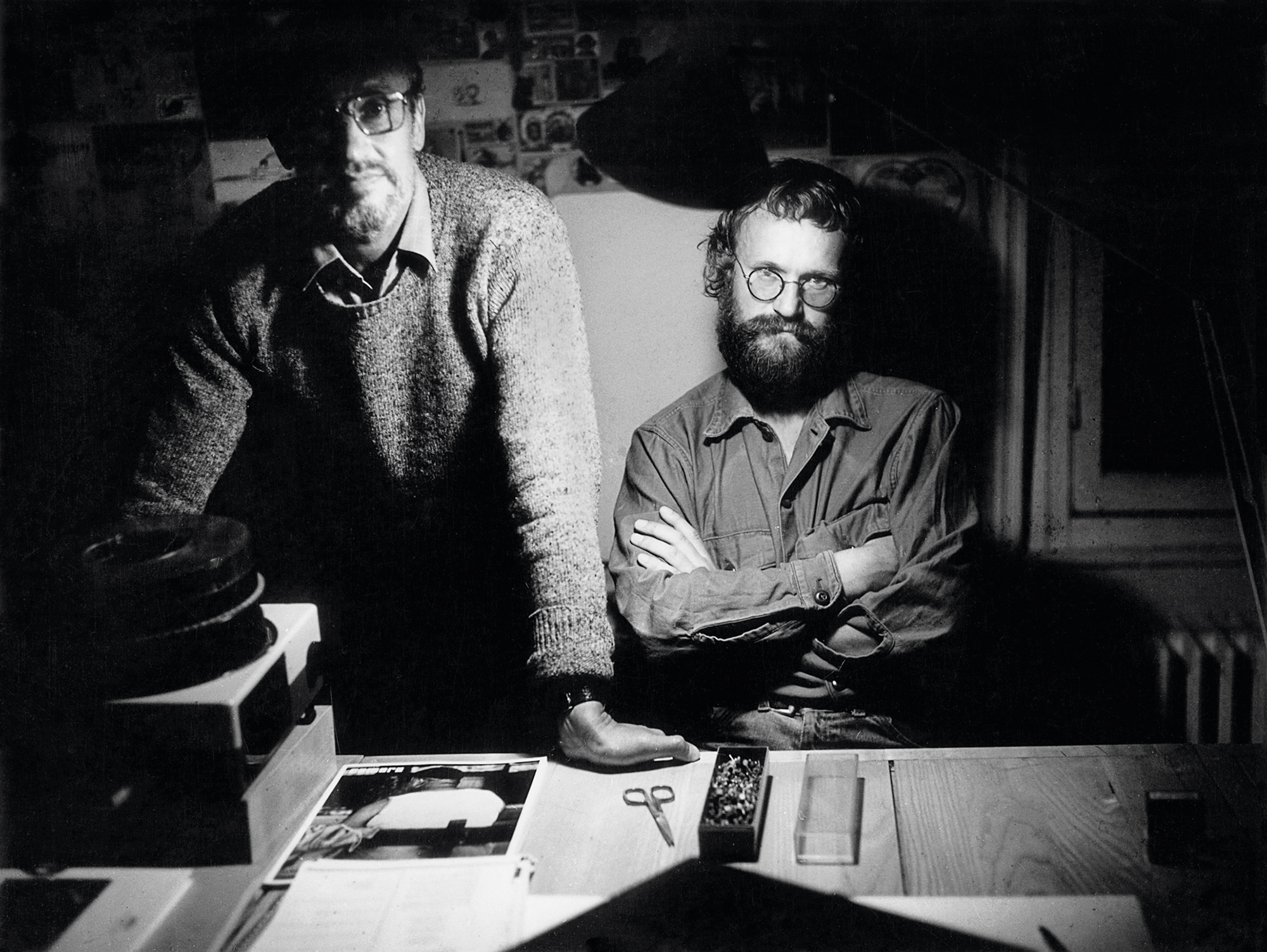
© the artist
Martin: I want to go back to that process of building trust with Josef. Just to mention that one of the other things that no doubt encouraged him to see you as a good collaborator was your prior work with Robert Delpire and his legacy. Can you tell us a little bit about that and if you think that was important?
Harris: With Josef, he likes it when people do what they say they’re going to do—when they’re very clear about what they can do and what they can’t do and why. I learned early on through other people I worked with, too, but especially with Josef, it’s better not to sugarcoat anything. What happened with me and Josef was that he came into Aperture one day. We hardly knew each other. He had done an interview with some magazine in English, and he wanted me to read it and correct it because he’d heard I was “smart.” At that time, he didn’t have a cell phone, and he wouldn’t give me his phone number where he was staying because he didn’t give it to anyone. He didn’t want anybody to call him. I couldn’t reach him. I remember finally saying to Josef, “If I have questions, if I can’t reach you, I can’t help you.” I told him I’d help him, and I did it, finally, and it worked.
After that interview, we were coming up to the anniversary of the Soviet invasion of Prague in 2008. I knew he was doing a book, gathering all of his work from that period for the first time, so I asked him if we could do an interview in the magazine—at that time, I was the editor of Aperture magazine—which he agreed to do. I also asked Josef if we could do a show at Aperture Gallery. At first, he said no. But after we had done the interview, I asked him again, and he said, “Well, maybe.” He’d already curated the show, basically. He’d selected the work, he had a sequence for it, so it became my role to figure out how to present it, install it—to produce it. We pulled certain texts from the book, which were original source materials just from what was going on in Prague at that time, radio reports and all that, and we used the same fonts and typefaces as the book, so there was a clear visual relationship. The installation was very cinematic. Aperture was kind enough to let me paint all the walls black; Josef let me blow up two or three of the works into big murals, which he had never done before, and he just really liked it. And because I kept him in the loop the entire time—showing him a mock-up, samples of the wall text, and everything else—I think we had some trust built up from that.
After that, he decided that I had to meet Robert Delpire. Bob was having this comprehensive show at Arles, which told the story of his work with publishing, exhibitions, advertising, films, and design—everything. Josef felt that that show should come to New York and thought I was the one to do it. So that was the next big thing, which I was able to deliver. I think that also helped with the trust. And then, through working on this book, we got to the point that as much as Josef will trust anyone, I think he trusts me now. At least I hope so.
Josef Koudelka: Next was published by Aperture in 2023.


